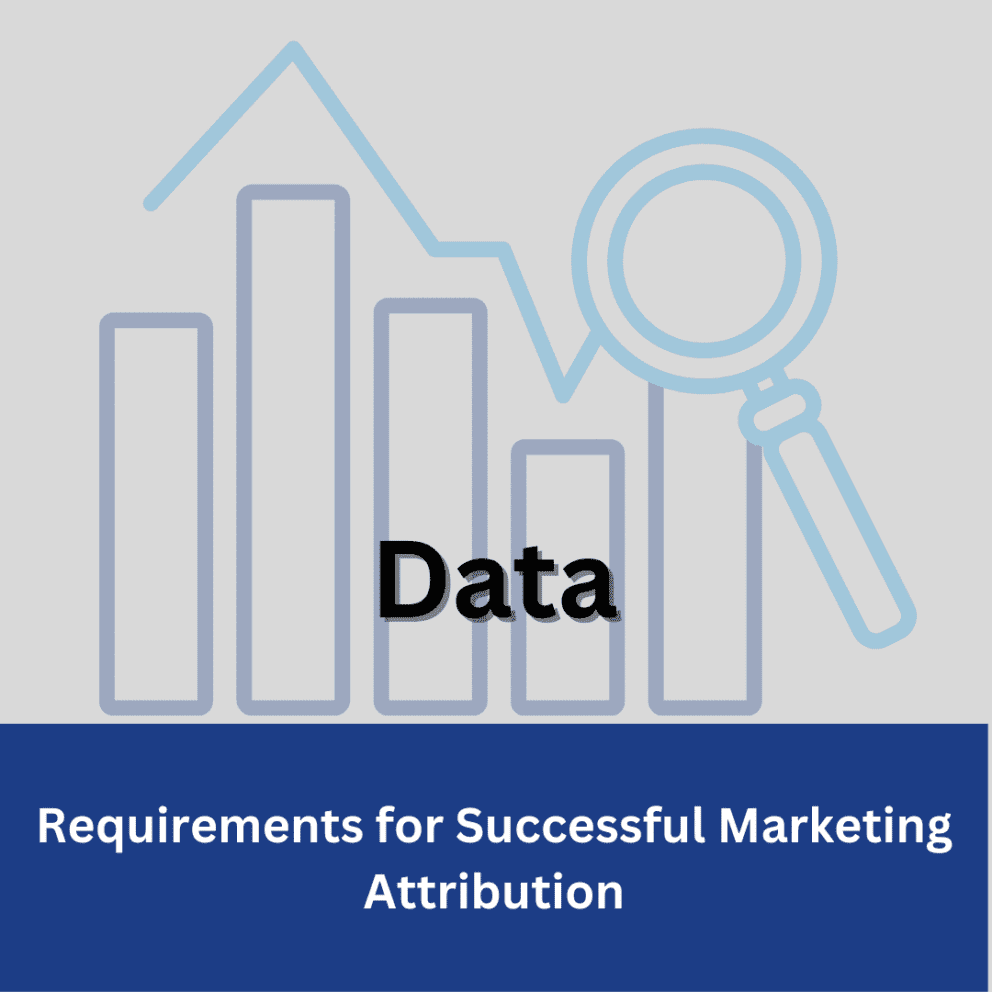Lead Sourcing: Do You Know Where Your Leads Came From?

Summary
Lead source data enables marketing to understand the value and effectiveness of its efforts. By implementing a consistent process for entering and tracking lead sources, you can begin to measure the value of marketing campaigns and initiatives tied directly to revenue and ROI.
By Lisa Heay, Marketing Planning Manager at Heinz Marketing
Your CMO walks over to your desk and tells you there is a board meeting next week and the leadership team needs to know what the ROI of that big event your team spent $100K on last quarter has been. Do you have that data ready? What if she asks how many qualified leads that event generated for the sales team? Are you able to provide that data today? If you are in a Marketing Operations role and you are not able to answer those questions for your leadership team, read on.
Marketing Performance and reporting is a huge topic, but you can start small and see quick improvements in the data and insights you can provide to your leadership team. If you’re starting from square one, lead sourcing is a great place to start.
Why are lead sources important?
Lead source data enables marketing to understand the value and effectiveness of its efforts. By implementing a consistent process for entering and tracking lead sources, you can begin to measure the value of marketing campaigns and initiatives tied directly to revenue and ROI.
The bottom line is—when you know where your best leads came from, you’ll be able to make a more informed decision in the future on where to invest your resources, and conversely, you’ll know what not to waste your time and money on.
Getting started
The following is a simple framework for assigning lead sources that will allow you to report on the origin of leads, as well as track ongoing lead activity.
One thing that is key to lead sources is consistency. It’s important to avoid lead source clutter or reporting on this value will quickly become difficult as your list of lead sources grows. You’ll want to define each source and keep the number of possible lead sources to a minimum. The lead source field should not be an open text field – it should be a drop down with a set list of values that represent your various channels, like:
- Event
- Webinar
- Partner
- List
- Web
- Resource
- Social
If you allow the lead source field to be an open text field, you’ll be wading through values like this:
- Tradeshow event
- tradeshow
- Trade show
- Tradeshow
Makes it a little hard to pull meaningful reports when your data is left up to the person typing it in, right? Set the field as a drop down, decide on the values, and don’t budge! You can always add to the list later if there is a real ongoing business case for adding a new value.
Lead Source Details
If you want to track more descriptive lead sources, as well, you can add a second field to capture the specifics. Splitting this data into a set enables you to capture the high-level channel, as well as more detailed information.
Say your company is exhibiting at this year’s Comic Con. Your main lead source would be “Event”, and the accompanying Lead Source Details field would be something like “2020-06 – Comic-Con San Diego.” You’ll want to set a consistent naming convention for your lead source details. We like to structure it with the date first, if applicable, to keep things organized in your reports, then the Event Name, and if necessary, a short description.
- Lead Source: Event
- Lead Source Details: [YYYY-MM-[DD – Optional]] – [Event Name] – [Description]
I suggest creating a chart with your lead source values and the naming convention associated with the Lead Source Details for each of those channels.
Here’s another example. You likely have website content you’ll need lead sources for, in which case you may not have an associated date. Say you had a whitepaper called “How to get the most from Event Marketing”. The lead sources could look something like this:
- Lead Source: Resource
- Lead Source Details: [Format abbreviation] – [Description], when filled out, becomes “WP – How to get the Most from Event Marketing”
One thing to note about splitting your lead sources and details—anytime a lead is created manually, a new inbound method is created (like a form, integration, etc.) or a list is imported, this set of lead source fields will need to be populated as a pair, otherwise you’ll see mismatched information in these fields.
Finally, these lead source fields should serve as the originals—meaning this data should be preserved, never overwritten, otherwise you’ll lose visibility into the true origin of the lead. To guarantee it, Marketo has a “Block field updates” function. If you use a different platform, there may be a similar function or workflow you’ll need to enable in order to preserve these values.
Most Recent Lead Sources
To go a step even further, some companies like to track not only the original lead source, but the most recent value, as well. One solution to consider is to create a second set of lead source fields to capture the most recent action a lead takes. Your original lead source fields will be blocked for updates, but your most recent set of fields can continue to update each time.
If you don’t have an attribution tool, this is at least a start to begin understanding how leads interact with your marketing efforts as they move through the sales pipeline. This can be especially helpful if you don’t have a structure in place to utilize Salesforce Campaigns or track campaign activity within your marketing automation platform.
SLAs with your team
So how do you manage all this ongoing? Any time a lead is created manually, a new inbound method is created (like a form, integration, etc.) or a list is imported, you will need to populate all four lead source fields. To some degree, assigning lead sources can be automated, but there will still be ways a record can enter your database outside of a form or system integration. For those leads entered manually or imported from a list, you should assign an individual or limited set of people to manage your leads as they enter the database to ensure the correct lead source data is inputted.
Most importantly, you need to make sure your team and sales counterparts all agree on the process, and everyone understands the importance of this data. Make sure to come to an agreement as a group and publish a set of SLAs with the team to ensure the data stays correct and consistent. Your reporting depends on it!
Put it into practice
There are many ways of going about this, but this is what we have found to be the most straight forward and easy to implement when just starting out. Take these steps now and you’ll be able to answer your CMO’s questions in no time!




